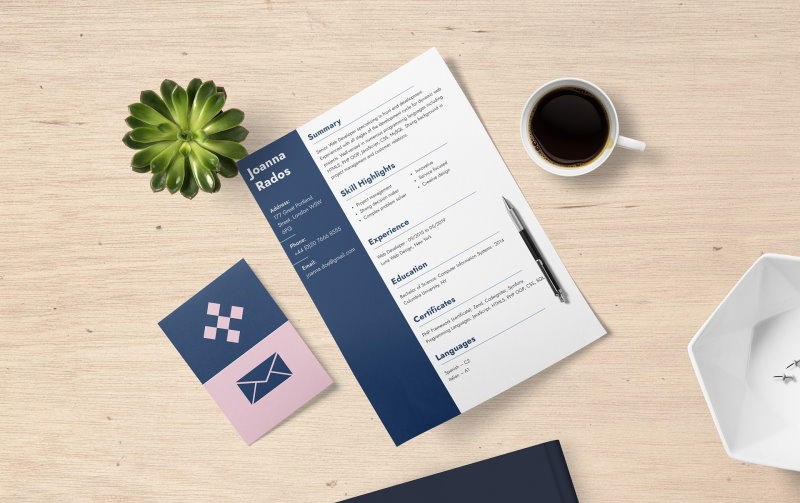
Your CV is one of the first things a prospective employer will notice about you. This document serves as a first impression of your professional history. Also, it is an early indicator of whether or not you would be a suitable match for the position. You may need to pick what to put on your resume and how far back in time to go to get an interview. Read on to know how far back should a resume go and why it is so.
Regarding work history, how far back is appropriate to go on your CV?
The answer depends on the years of your professional experience and the requirements of the position you seek. Prioritize your skills in light of how they will be used in your future job. If you have no clue how to do it, you probably find the SES resume service or other professional help useful. Sometimes watching the cursor blinking on the screen isn’t an excellent idea. Doing something and asking for assistance is a wiser move. Having a proper example, you will do better next time. Also, one may save the first paper and edit it later when there is something to add.
0-2 years of experience
Provided you are a student or recent graduate, you may put work experience from high school on your resume. You might have assisted some businesses with their Facebook page or suggested a new type of content while working as a copywriter.
To round out your CV, feel free to include your college involvement in any significant activities. You may demonstrate your energy and initiative by including leadership positions and volunteer work examples. It would help if you mentioned any internships that were connected to your desired profession.
Mid-career expert (2-15 years of experience)
How much work history on a resume must be in such a case? With your newfound expertise, it’s time to write the next chapter in your professional life. Make sure that every time you update your CV for a new position, it is tailored to the specifics of the sector. Prioritizing the quality of your contributions to the work over how far back your CV extends is a better strategy. Your CV should only include the most recent and relevant professional experience at this stage in your career.
After 10–15 years in the workforce, you can move on from your previous professional endeavors. At the end of your resume, under the heading “Special Interests and Hobbies,” include your continuing education courses. This way, you demonstrate your commitment to advancing your professional and technical abilities.
Latter stages of profession’s career (more than 15 years of experience)
By the time you’ve been in the workforce for 15 years, you’ve probably pruned your resume of some of your earlier work experience. It is done in favor of elaborating on more recent and impressive achievements. Once again, please just provide the most recent ten to fifteen years. Maintain your resume to up to two pages at most. You may highlight noteworthy accomplishments and experiences in a special section if you so wish. Keep a separate list and look for occasions to bring it up.
Filling in the Blanks on Your Resume
You may briefly overview your career history at the start of your СМ. This is crucial if you return to the workforce after an extended absence. It can be due to childrearing, an extended injury, caring for family, or pursuing further education. It may be challenging to bring up the gap in the conversation. However, doing so might earn respect and lessen the likelihood that the employer would see it as a wake-up call. Here are some tips on how to handle an employment gap.
General recommendations
It is recommended that a resume only include employment history from the last 10 to 15 years. Doing so will give the recruiting manager a high-level overview of your background. However, there are several exceptions to this rule, and the correct answer may rely on things like:
- how long you’ve been working;
- whether or not your experience is relevant;
- how well-qualified you are for the position you’re after.
You should include past employment on your resume if you gained relevant experience and abilities that apply to the particular position.
When more than 15 years of history is necessary
It is unusual in today’s competitive employment market to see a résumé with more than 15 years of experience included. HRs often look at the most recent years of your CV. There is a risk that events that occurred earlier will no longer be relevant.
Employers and customers are more likely to care about your accomplishments at your most recent job. If you’ve been at the same company for 15 years or longer, you’re an exception to this rule. If so, your perseverance, experience, and dedication may set you apart from the competition.
Conclusion
The main rule while writing a CV is to keep things current and include things connected to your desired position. A lot depends on your age and years of your working experience. After reading our post, we hope you understand how many years of experience on resume must be in your case.
You may also like: Professional HTML & CSS Resume Templates & Free Resume Templates in Microsoft Word
